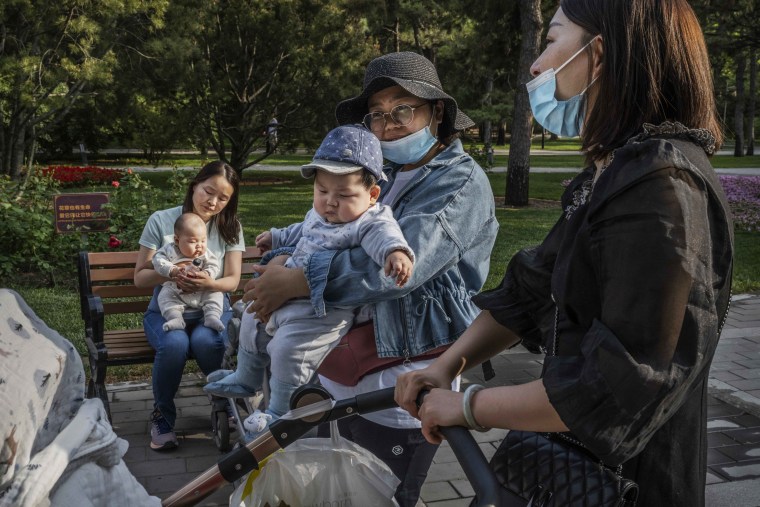HONG KONG — China’s fertility rate is estimated to have dropped to a record low of 1.09 in 2022, the National Business Daily said, a figure likely to rattle authorities as they try to boost the country’s declining number of new births.
The state-backed Daily said Tuesday the figure from China’s Population and Development Research Center put it as having the lowest fertility level among countries with a population of more than 100 million.
China’s fertility rate is already one of the world’s lowest alongside South Korea, Taiwan, Hong Kong and Singapore.
Concerned about China’s first population drop in six decades and its rapidly aging population, Beijing is urgently trying an array of measures to lift the birthrate, including financial incentives and improved child care facilities.
President Xi Jinping presided over a meeting in May to study the topic.
China has said it will focus on education, science and technology to improve population quality and strive to maintain a “moderate fertility” level to support economic growth in the future.
High child care costs and having to stop their careers have put many women off having more children or any at all. Gender discrimination and traditional stereotypes of women caring for their children are still widespread throughout the country. Authorities have in recent months increased rhetoric on sharing the duty of child rearing, but paternity leave is still limited in most provinces.
Hong Kong’s Family Planning Association said in a separate release on Tuesday that the number of childless women in the special Chinese administrative region more than doubled from five years ago to 43.2% last year.
The percentage of couples with one or two children also tumbled, while the average number of children per woman dropped from 1.3 in 2017 to a record low of 0.9 last year, according to its survey.
